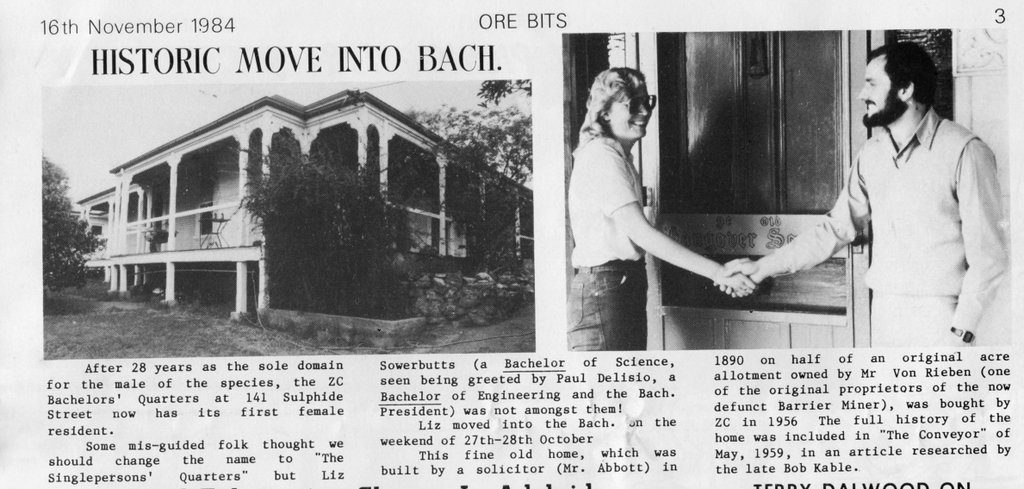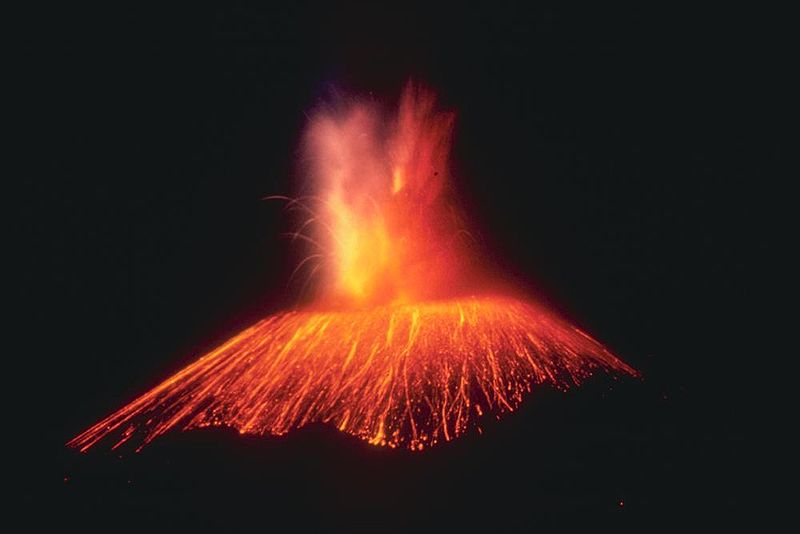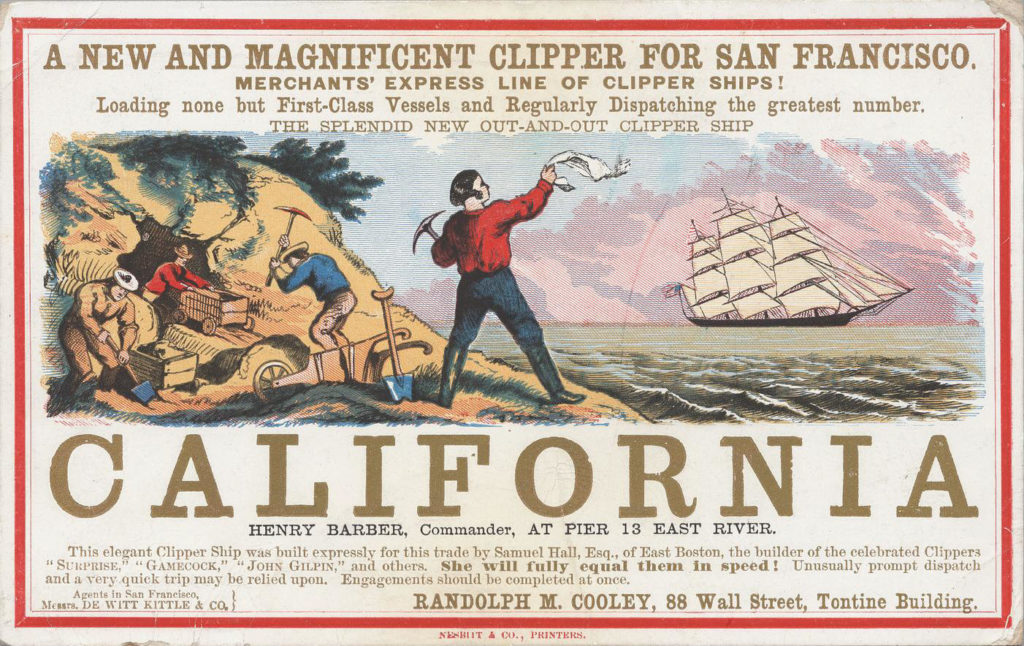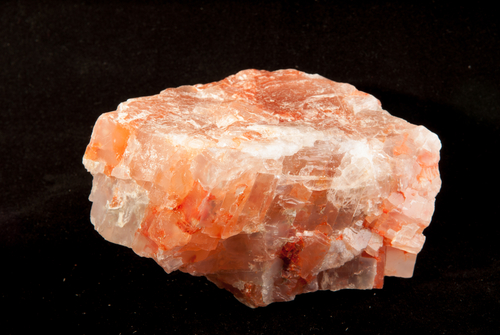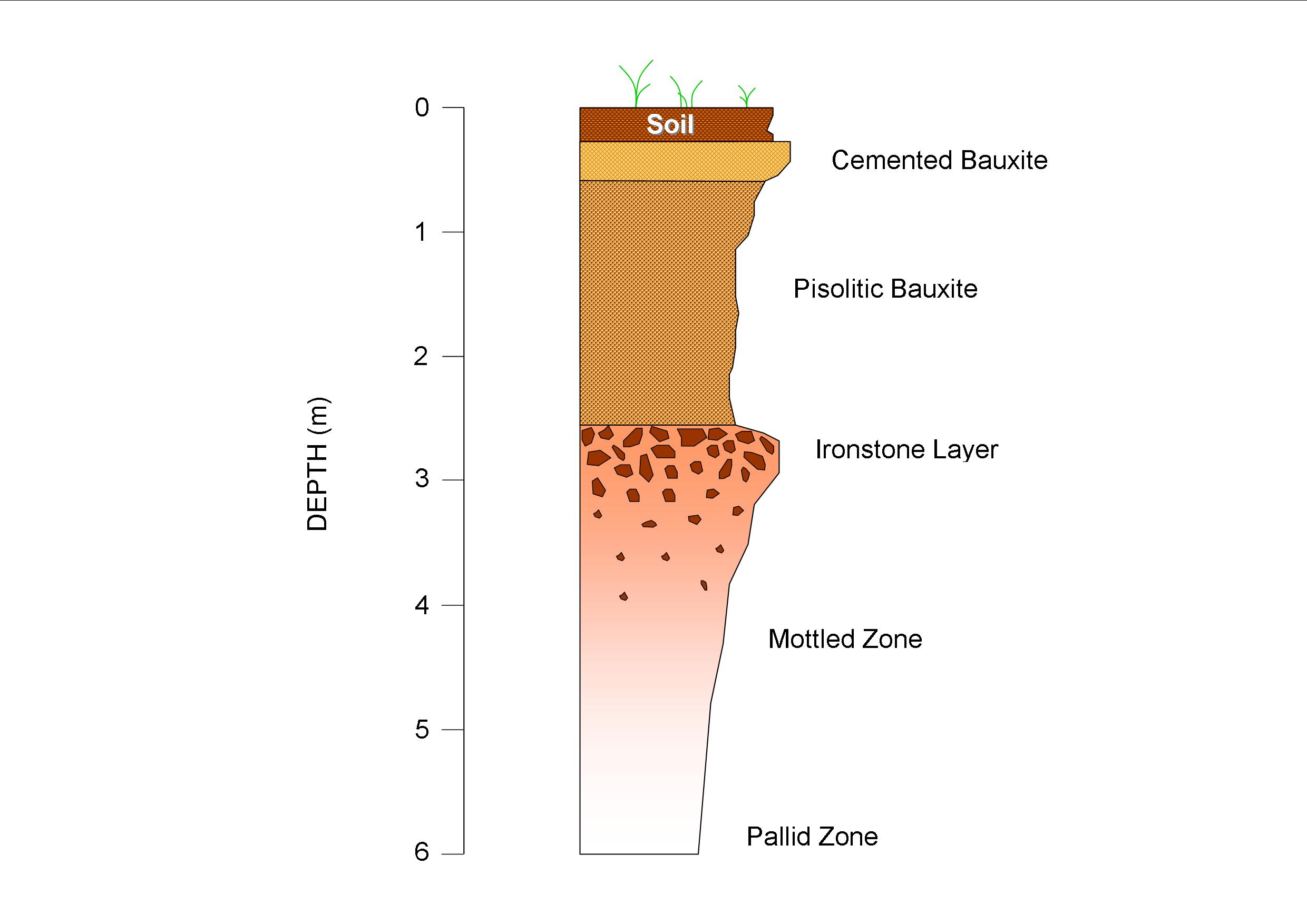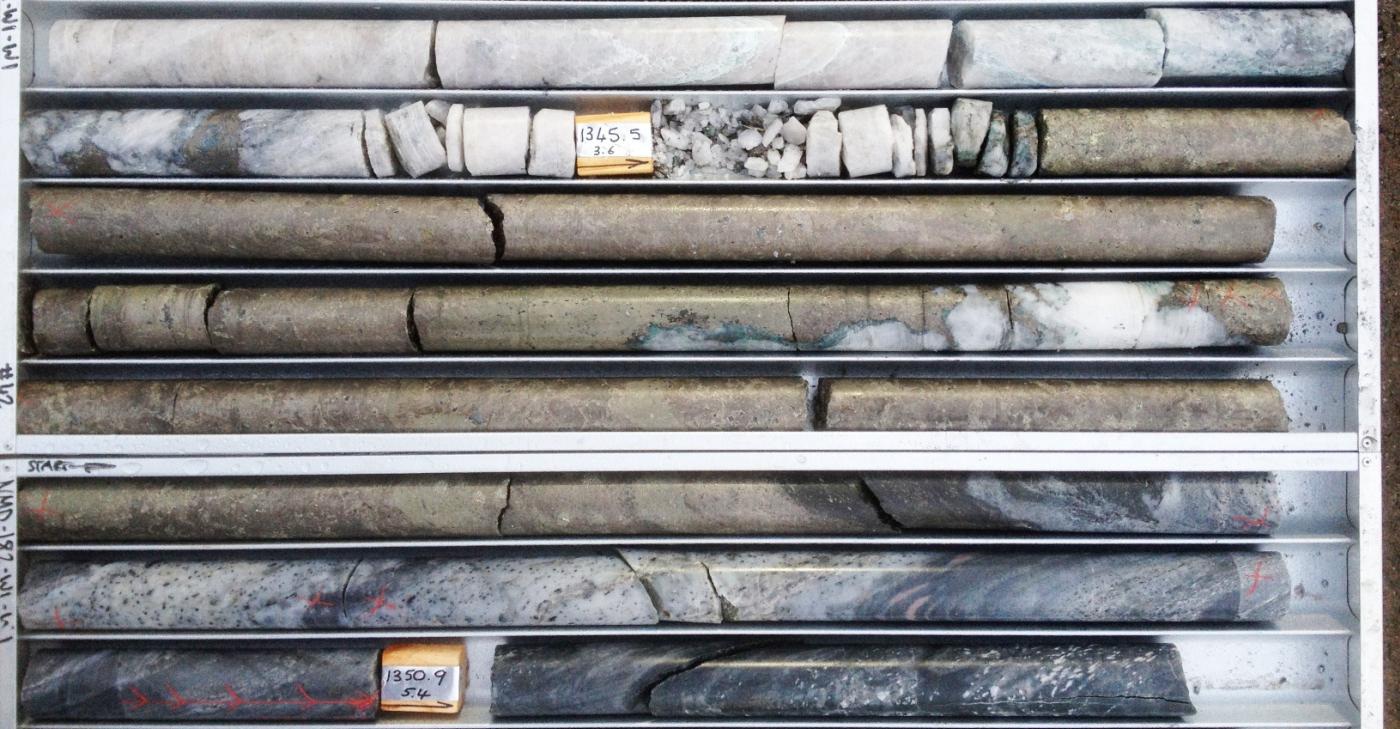It’s not a common site to see paleontologists studying well preserved and rare fossils in the core of a major metropolitan center, but in Vancouver, BC that’s exactly what we have.
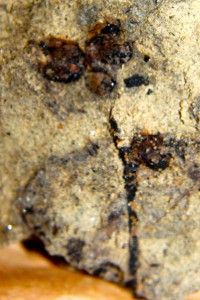
The site lies along the affluent Kitsilano Beach and Point Grey area, accessible when a low tide exposes the sand and mud layers on the foreshore. These sediments are around 45 to 55 million years old, and were deposited across an ancient flood plain the drained the continent from the east and into the Pacific Ocean. This flood plain was massive, stretching as far south as Oregon in the United States and was active for millions of years, resulting in a wedge of sediment several kilometres thick.
Spanning such a significant period of time, the sediments record a story like pages in a book. This period started soon after the mass extinction that finished off the dinosaurs, and was a world that was experiencing climatic cooling. This major environmental shift had an affect on the vegetation growing over the flood plain, altering from a tropical environment through to a more temperate one.
Flood plains are excellent environments for preserving history. The steady build up of sediments can go on uninterrupted for millennia, yet can record in fine detail single events such as floods, fires, storms and even tsunami. When the plants growing on the flood plain died, they were often buried quickly, thus increasing their chances of fossilization.
(Re-)Discovering The Site
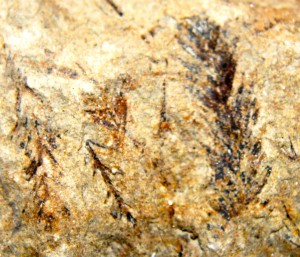
The Kitsilano Beach fossil site has been known of since the early 1900’s, but was last studied in any depth during the 1960’s, mainly from samples recovered in utility trenches excavated during the construction of Point Grey housing. But little has been completed since then, with casual interest from the University of British Columbia who use the area to teach sedimentology and mappings skills to students.
In 2014, I took a stroll along the beach and noted several large blocks of sediment that had fallen from the low bluffs. After a short time of picking around the 2m (6 feet) wide blocks, he started to notice fragmentary fossils of leaves and branches, but one fossil stood out in particular – flowers.
Flowers are extremely delicate and so the chance of them surviving the fossilization process (the ‘preservation potential’) is slim, but these had evidently fallen into mud and been buried quickly. Identification of these flowers is still open to interpretation, but it kick started a new round of research on the site.
Research
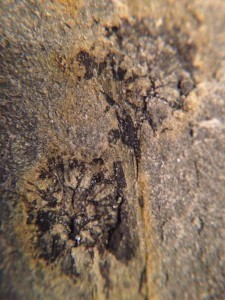
Since that discovery, several more blocks of material have been removed and have revealed a wealth of well preserved fossil plants. Many of these are forest trees that would be easily recognizable today: chestnut, beech, willow, holly, oak, magnolia, cypress and redwoods. Not only are the leaves preserved, but also their fruits, flowers and, on the microscopic level, pollen.
Collecting is being limited, but the sedimentary succession exposed along the beach is currently being studied in fine detail to discern the geologic history and environmental conditions. On a larger scale, the study of an environment that persisted for such a significant period of time gives us clues as to how our own modern world is changing and the long term effects of human impact.
Fossil sites like this not only help increase our understanding of the the history of life, but add to the richness and natural history of any urban area.

